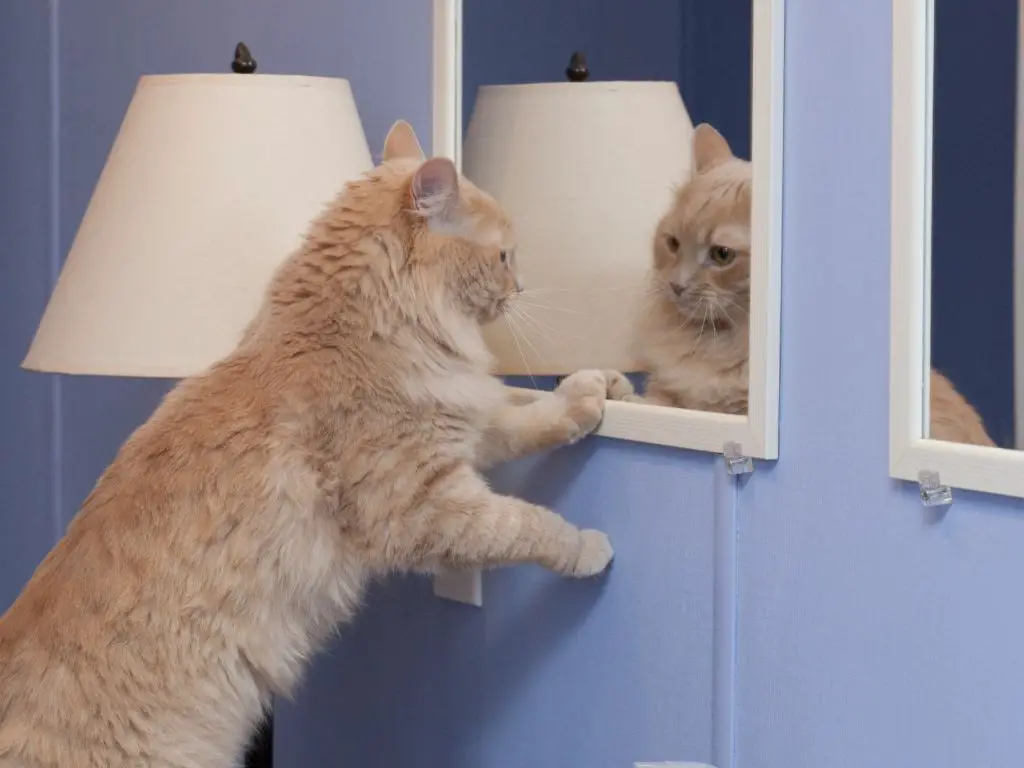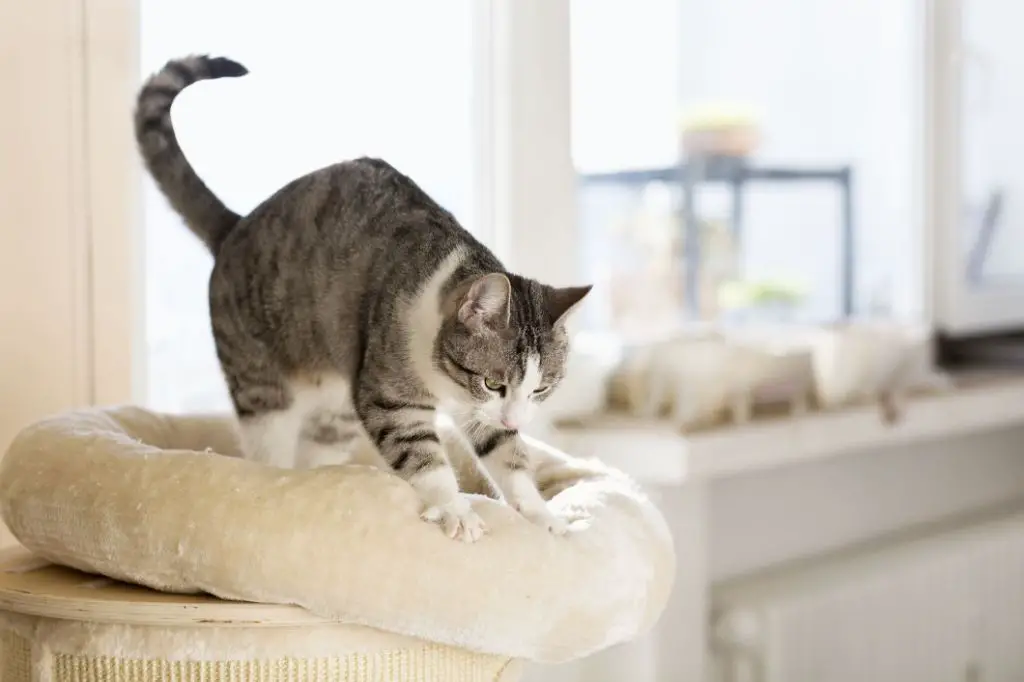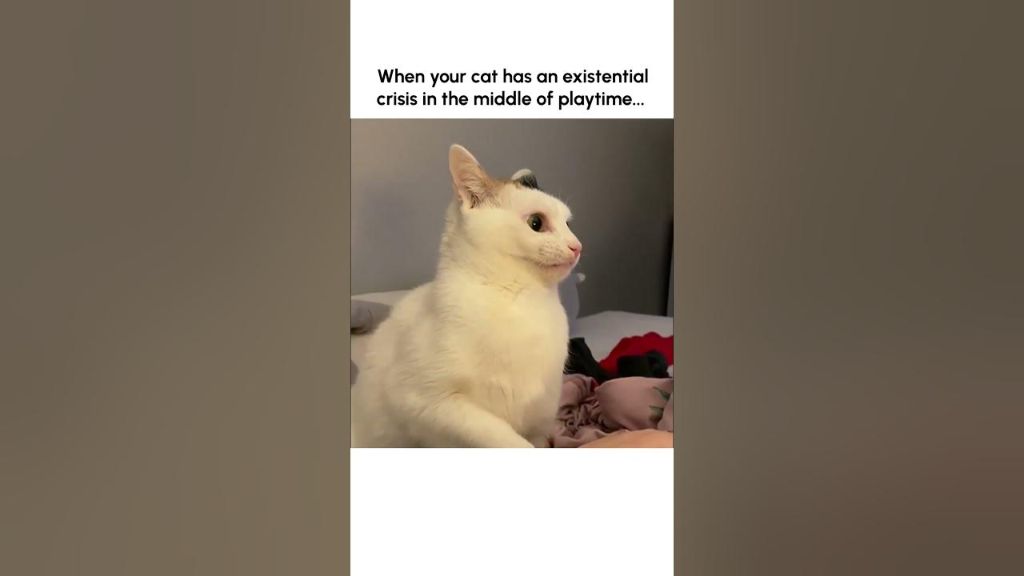The Nature of Existence
Existence refers to the state of being real or having objective reality. Consciousness is the state of being aware and having subjective experiences. There are different levels of consciousness and self-awareness among animals.
On the most basic level, animals can experience sensations and perceptions like sight, sound, smell, pain, pleasure etc. This is considered phenomenal consciousness. On a higher level, some animals have access consciousness, meaning they can think about and reflect on their perceptions and sensations. Then there is self-awareness, which involves recognizing the self as separate from others. Animal consciousness, or animal awareness, varies greatly between different species.
Only a few species like great apes, elephants, dolphins and magpies have demonstrated strong evidence of self-recognition, considered an indicator of higher-order consciousness and self-awareness. But most other animals likely operate at basic or minimal levels of consciousness centered on experiencing sensations, perceptions and emotions relevant to survival rather than pondering abstract concepts like existence.
Cat Cognition
Cats have demonstrated a variety of cognitive abilities and behaviors that suggest intelligence. Studies have shown that cats possess excellent long-term memories, can interpret human facial expressions, and understand cause and effect relationships (Cat intelligence).
Cats are adept at spatial navigation and mapping their environment. Their spatial memory allows them to effectively navigate complex environments and remember locations of resources (Cats rival dogs on many tests of social smarts. But is anyone brave enough to study them?).
Researchers have found that cats understand object permanence – knowing that objects continue to exist even when they are hidden from view. Cats are also capable of recognizing their own names and the names of familiar people.
Cats communicate effectively among themselves and with humans using vocalizations, body language, facial expressions, and pheromones. They can interpret human emotional cues and modify their behavior appropriately in response.
Overall, studies of cat cognition reveal that felines possess a broad range of intellectual abilities that enable them to effectively navigate their physical and social worlds.
Self-Recognition in Cats
One way scientists test for self-awareness in animals is through the mirror self-recognition test. In this test, an animal is marked surreptitiously with an odorless dye and then presented with a mirror. If the animal investigates or touches the marking in the mirror, it suggests they recognize that the reflection is of themselves.

Numerous studies have shown that cats do not pass the mirror test. When presented with their reflection, cats will often react territorially or socially, suggesting they think the image is another cat. Studies found that cats did not pay attention to hidden markings revealed in a mirror, indicating they did not recognize the reflection as their own image [1].
While cats may not have the same level of self-concept as humans and some other intelligent animals like elephants and dolphins, they do have a sense of identity. Cats recognize their own scent, their owners, their territory, and their place in the social hierarchy of a home. But the inability to recognize themselves in a mirror suggests cats likely do not have an abstract concept of “self” [2].
Do Cats Have an Inner Life?
Many cat owners believe their feline companions have a rich inner world filled with thoughts, feelings, and emotions. But what does science say about the inner lives of cats?
Research suggests cats do have an inner subjective experience, though likely less complex than humans. Studies show cats can experience emotions like joy, fear, anxiety, and attachment. Cats also demonstrate self-awareness through behaviors like recognizing themselves in a mirror.
According to Scientific American, cats have evolved to be more independent and less social than dogs. This means their inner experience may be more solitary and detached. However, cats still form social bonds and communicate their needs.
There are still many mysteries around the inner lives of cats. But most experts agree domestic cats have a meaningful emotional inner experience involving moods, feelings, and perceptions of the world around them.
Cat Communication
Cats have a wide range of vocalizations and body language they use to communicate with humans and other cats. Research shows cats use nearly 300 unique facial expressions to express their needs, desires and emotions.
Some of the main ways cats communicate include:
- Meows – From short mews to long meows, cats use different pitches and tones to express greetings, requests for food, attention or to be let outside.
- Purring – Usually expresses contentment, but cats may also purr when injured or sick to comfort themselves.
- Body posture – Relaxed posture communicates friendliness, while tense posture with ears back often signals fear or aggression.
- Tail movements – Flicking or swishing the tail can signal irritation or overstimulation.
- Kneading – Cats knead with their front paws to mark territory and express contentment.
- Rubbing – Cats rub up against humans or objects to leave scent marks and show affection.
- Facial expressions – Narrowed eyes, relaxed blinks, ear position and whisker movements all convey emotional states.

By understanding cat communication signals, owners can better meet their pet’s needs and strengthen their bond. Research shows cats interact faster when humans mimic their facial expressions, suggesting cats are receptive to human communication as well.
Do Cats Plan & Problem Solve?
Cats have demonstrated the ability to plan actions and solve problems in order to obtain rewards. Studies have shown that cats are capable of learning through observation, forming mental representations to solve problems, and adapting their strategies based on changing circumstances (Howard, 2018).
In one experiment, cats were presented with a puzzle box containing food. To get the reward, they had to pull on a string in a specific sequence. With repeated trials, the cats were able to solve the puzzle by planning and carefully carrying out the necessary actions (PrettyLitter, 2018).
Another study tested cats’ ability to detour around barriers to reach a reward. The cats that observed a demonstration detoured more efficiently, indicating they formed a mental representation to shortcut their path. This shows cats can plan routes and problem-solve based on observation (PrintPaws, 2023).
Overall, research indicates cats actively think through situations, form plans, and creatively solve problems. Their intelligence in this area likely aids their survival in the wild and ability to manipulate their environment.

Cat Dreams
Many cat owners have observed their cats twitching, moving their paws, or making noises while sleeping. This leads to the question – do cats dream? Research has shown that yes, cats do experience REM (rapid eye movement) sleep and likely dream in a similar way to humans.
Studies conducted in the 1960s by sleep researcher Michel Jouvet revealed that cats demonstrate hunting-like behaviors during REM sleep, such as twitching, moving their legs, or making vocalizations. This suggests they may be dreaming of hunting prey or other natural behaviors (Purina, n.d).
Additional evidence shows that the brainwave patterns in sleeping cats are similar to rats during REM sleep. Rats show increased brain activity in areas connected to emotions, visual processing, and memory during REM sleep (Daily Paws, 2020). This implies cats may experience vivid dream worlds involving emotions, sights, sounds, and memories.
While the exact content of feline dreams remains a mystery, it’s reasonable to conclude that cats do dream during REM sleep. Their dream states likely involve imagined scenarios drawn from their daily experiences and memories.
Attachment & Social Bonds
Like dogs and human infants, cats have the ability to form attachments and social bonds with their owners and other cats. Research has shown that most cats form a secure attachment style with their owners, meaning they see their owner as a source of comfort and security (Source). Cats that have a secure attachment will seek out their owner for affection and reassurance when stressed. Studies have also found that cats grieve the loss of feline and human companions, showing signs of emotional distress like loss of appetite and vocalizing more (Source). Much like humans, cats rely on social bonds for psychological and physical wellbeing. Their ability to form attachments shows cats have an emotional inner life where they develop meaningful relationships.
Do Cats Understand Death?
When cats lose a companion cat that they’ve bonded with, they often exhibit signs of grief and mourning. This includes increased vocalization, anxiety, changes in appetite, and searching for the missing cat. While the full extent of cats’ understanding of the concept of death is unknown, their behavior indicates they do recognize that a close companion is gone.
According to the VCA Animal Hospitals, cats may wait patiently for a deceased companion to return, not fully comprehending the permanence of death [1]. The grief support organization Cats Protection notes that surviving cats will likely recognize that a housemate is missing and that a change has occurred in the home environment [2].
While cats may not have an abstract understanding of death, their actions prove they feel the absence of a bonded companion on an emotional level. The grieving process and longing for a missing companion demonstrates cats have some comprehension of loss.
The Question of Existential Awareness
There is much debate around whether cats have the capacity for existential awareness and pondering their own existence. Some key findings include:

Studies show cats exhibit self-recognition and self-awareness when looking in a mirror (https://nautil.us/can-a-cat-have-an-existential-crisis-235903/). This demonstrates an advanced level of cognition and understanding of the self as separate from others.
Cats appear to experience complex emotions like jealousy, grief, joy and anger. This hints at an inner subjective experience beyond basic drives (https://medium.com/nautilus-magazine/can-a-cat-have-an-existential-crisis-f3c61af52287).
Evidence shows cats engage in metacognition – thinking about thinking. They can plan routes, problem solve through logic, and alter behavior based on past experiences and anticipation of outcomes.
While intriguing, the current evidence remains inconclusive when it comes to existential awareness in cats. More research is needed to determine if felines ponder philosophical questions about their existence, purpose and mortality. The cognitive and emotional complexity of cats suggests the capacity may exist, but clear proof remains elusive.

